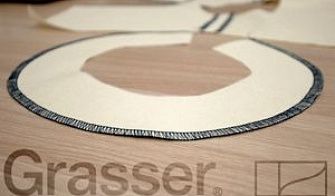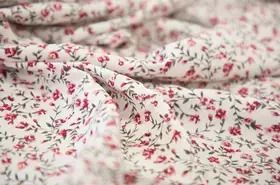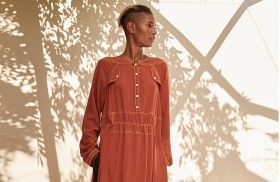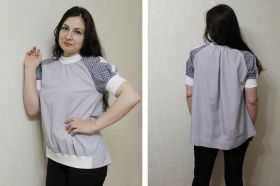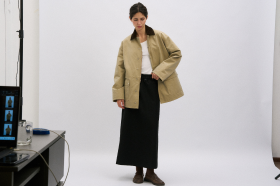Winter dress sewing patterns
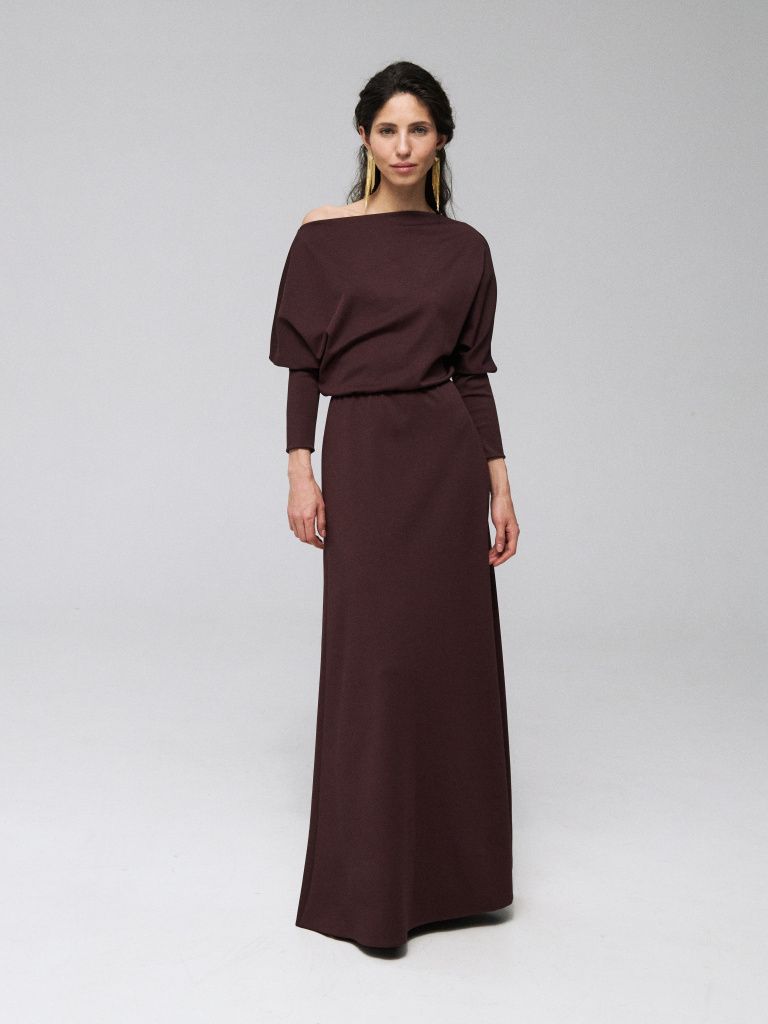
Winter dress sewing patterns help you make clothes for the cold months. They are for people of different skill levels and show you how to make clothes. You can download winter dress patterns in PDF format to start making clothes right away.
Winter Clothing for the Whole Family
Top sewing projects let you make winter clothes for everyone. Keeping warm and comfy in the cold is easy!
Fabric Selection
Pick fabrics that work well for winter:
- Cotton lawn;
- Fleece;
- Wool;
- Flannel;
- Linen.
These materials keep heat in; they make clothes feel cozy.
Design and Style Choices
Good clothing patterns for winter:
- Sweater dress;
- Jacket;
- Skirt;
- Poncho;
- Scarves, shawls.
Festive clothes can also be great handmade gifts for winter.
Sewing Tips
- Right size and seam allowance. Measure carefully for a good fit; don’t forget the seam allowance.
- Sewing machine. Using one makes sewing faster; helps keep stitches even.
- Finishing touches:
- Finish the back seam, hem neatly;
- Add buttons, a collar, lining to complete the look.
- Stretch fabrics. Use stretch materials for easy-fitting clothes.
Additional Elements
- Costumes, workwear can also be part of your winter clothes;
- Try canvas or fur for a fancier look;
- Palazzo pants can give outfits a fun twist.
These tips will help women and everyone else make winter clothes that are warm, comfortable, practical.
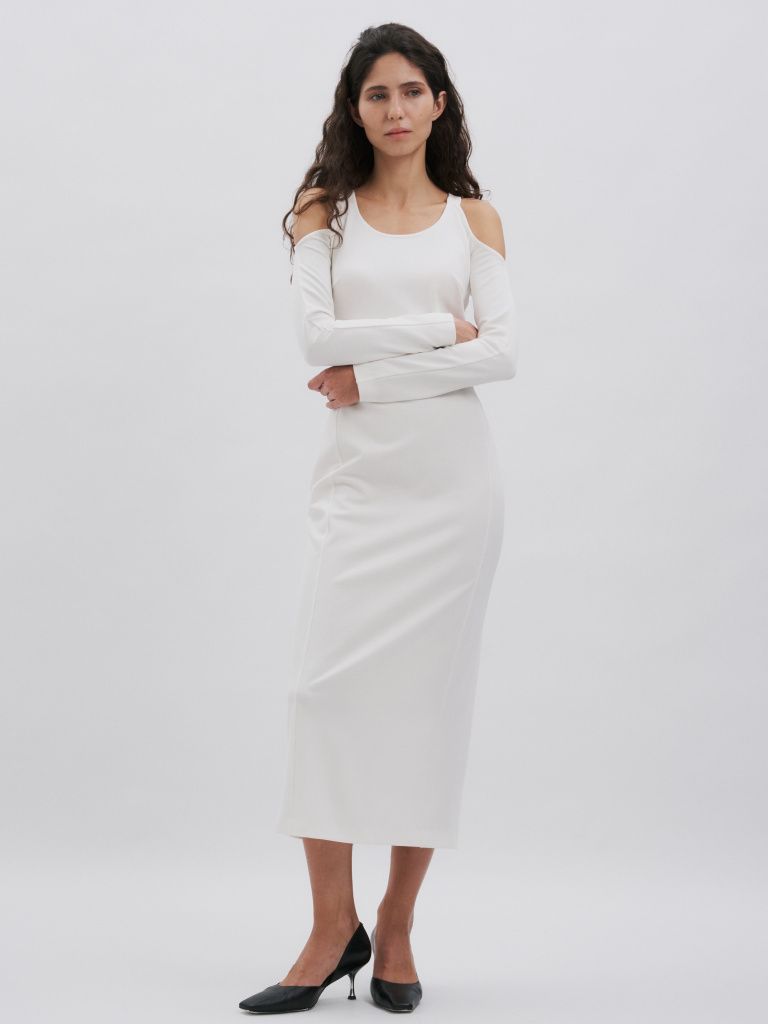
Key Aspects of a Winter Dress Sewing Pattern
Classic Long-Sleeve
- Skirt length (knee-length, midi), comfortable cut (relaxed or fitted), suitable for different body shapes (hourglass, pear, rectangle);
- Wool-based insulation (merino, cashmere), the softness of flannel provides breathable properties of the cloth. Elastic materials improve the mobility of arms, waist, increase comfort in cooler months;
- In the seam allowances in the pattern of winter dresses usually try to use denser fabrics (fleece, wool). Lining material (for example, silk, satin) adds insulation.
Below are several options with brief descriptions of their features:
- №1085: A fitted bodice and a flared skirt in maxi length. Suitable for winter chill. The use of warm fabrics (wool or cashmere) creates a feeling of coziness and adds a feminine touch to the look.
- №217: Tailored for different sizes and heights, this is a practical winter design. A minimal cut and a wide range of sewing options make it versatile for everyday wear or dressing up a bit.
Beginner-Friendly
- The instructions show you how to set up your sewing machine for different fabrics. Choose fleece for warmth or jersey for easy handling.
- Learn how to cut, sew, and finish edges properly to prevent fraying. Patterns for winter dresses also suggest which needles to use. Round needles are best for knits.
Here are some examples:
- №1151: A classic waist-emphasizing silhouette that flatters the figure, ideal for wool or heavier fabrics for cold weather comfort and style.
- №1138: A loose-fitting style, perfect for a cozy everyday look. Soft, warm fabrics are recommended for comfort.
Dress patterns for special occasions.
- Includes collars, pleats, button closures, decorative stitching;
- Our favorite fabrics. Velvet, wool-blend fabrics, brocade for a luxurious look. Patterns may suggest adding a lining to keep the shape and keep you warm;
- Best results using these techniques. Use interfacing for collars and cuffs for a crisp finish. A blind stitch on the hem makes it look neater.
Here are a few samples:
- №1147: A stylish dress with clean lines and a structured silhouette; suitable for business or formal occasions. Heavy fabrics (drape or tweed) add sophistication to the garment.
- №1149: A dress for special occasions, characterized by its elegance and femininity. Suitable for combining with winter accessories - scarves and high boots.
Advanced Sewing Techniques
- Managing Seams with Heavy Fabrics. Instructions typically specify seam allowances of 1-1.5 cm for heavy fabrics such as wool or fleece. Techniques like grading or clipping seams make garments fit better;
- Neckline finishing. Patterns for winter dresses often have methods like bias binding or facing to make the neckline stronger. Reinforcement stops things from stretching or deforming over time;
- Modify designs for stretch fabrics. Patterns for stretch fabrics like knit or jersey often include instructions for using stretch or zigzag stitching to maintain elasticity. Stabilizing with elastic at shoulder seams makes it more durable.
Below are several options with brief descriptions of their features:
- №1148: A figure-hugging design with an emphasis on shape. Warm fabrics (fleece or wool) retain heat. Ideal for winter outings and parties.
- №1135: A refined and discreet design for a sophisticated look; suitable for dense fabrics, it gives the silhouette a sharp and elegant look.
Other Popular Styles for Winter Dresses
- Poncho-inspired winter dress patterns are loose and ideal for layering. Wool or canvas provides extra warmth — good for outdoor activities;
- Sweater dresses with stretch fabric are made from knitted wool or cashmere. Patterns often have long sleeves and high necklines (can be worn daily or in the office with boots, scarves);
- Formal winter dresses for evening events;
- Elegant designs with lace or sequins. Recommended fabrics: velvet or satin-lined wool (these options often have bust darts or princess seams to ensure a proper fit).
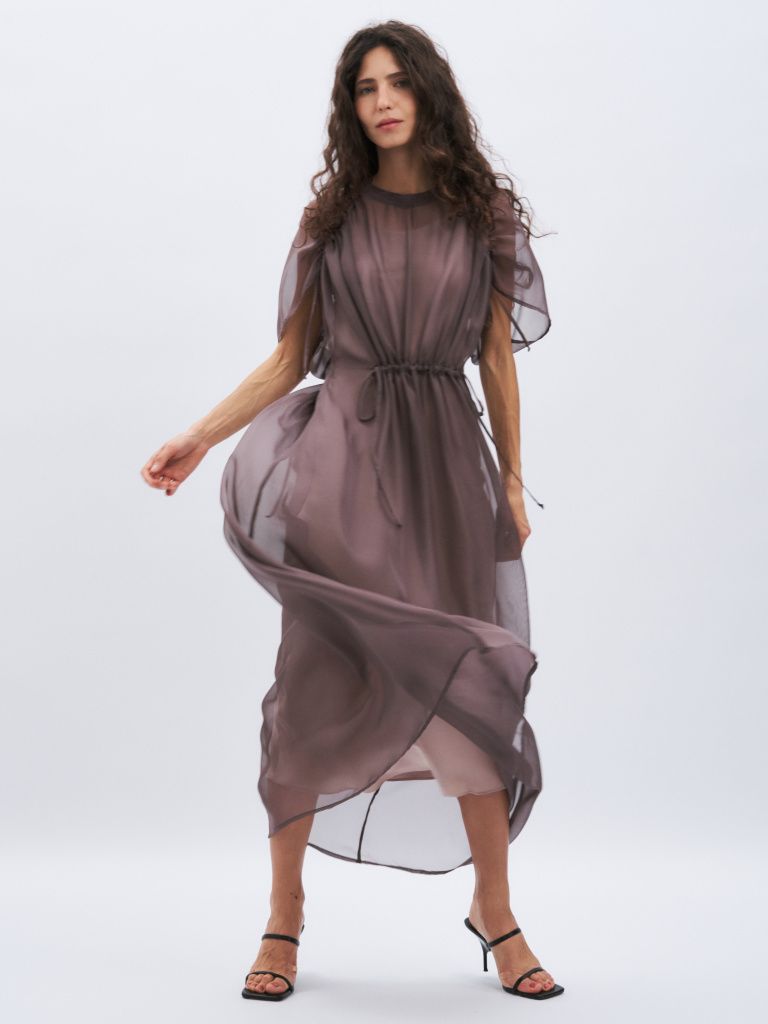
Family-Oriented Winter Clothing Patterns
Winter dress sewing patterns are available for all ages, including unisex options. You can use these layouts to sew outfits for family gatherings. Fleece-lined or wool materials keep children and adults warm.
Essential Fabric Types
- Wool and wool blends. Good at keeping you warm, ideal for cold climates. Patterns often say to preshrink wool fabric before cutting to avoid shrinkage during laundering.
- Flannel. Soft texture, often used for casual clothes. Patterns may suggest ways to finish seams to stop flannel unraveling.
- Fleece: Lightweight and warm, great for casual wear. Some fleece patterns come with stretch finishes or zips for a better fit.
- Canvas and heavy linen. Not traditional winter fabrics, but can be worn as poncho-style dresses or accessories.
Finding High-Quality
Grasser's got a bunch of dress sewing patterns you can download as PDFs. There are designs for all skill levels and different occasions.
Transform your winter wardrobe with Grasser’s exclusive dress patterns! Our templates are meticulously designed to bring style and sophistication to every stitch, ensuring a flawless fit and a stunning silhouette. With our bureau, you get more than just patterns — you get the tools to create show-stopping winter frocks that turn heads. Each design includes step-by-step instructions that make sewing both effortless and enjoyable. Don't settle for ordinary — choose Grasser and craft the extraordinary. Elevate your sewing experience and make every winter outfit a masterpiece!
Conclusion
Winter clothing is useful, stylish, and warm. With the help of good fabrics, patterns, and sewing techniques, seamstresses can create quality clothes. On our website you can get PDF winter dress patterns for sewing dresses suitable for everyday wear, formal events, and family occasions.

